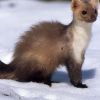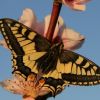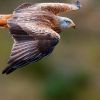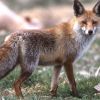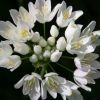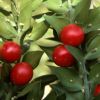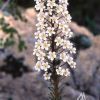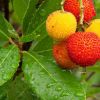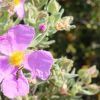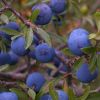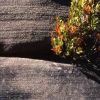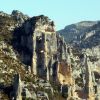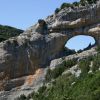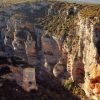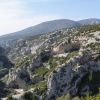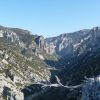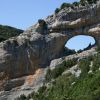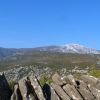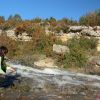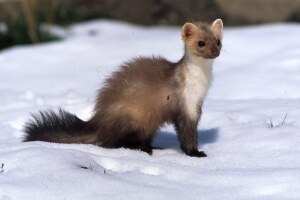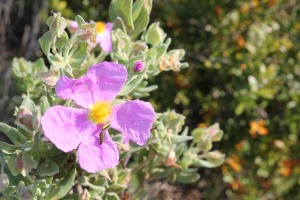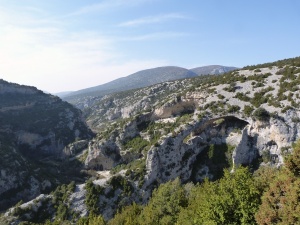Guara Parque Natural
Micology
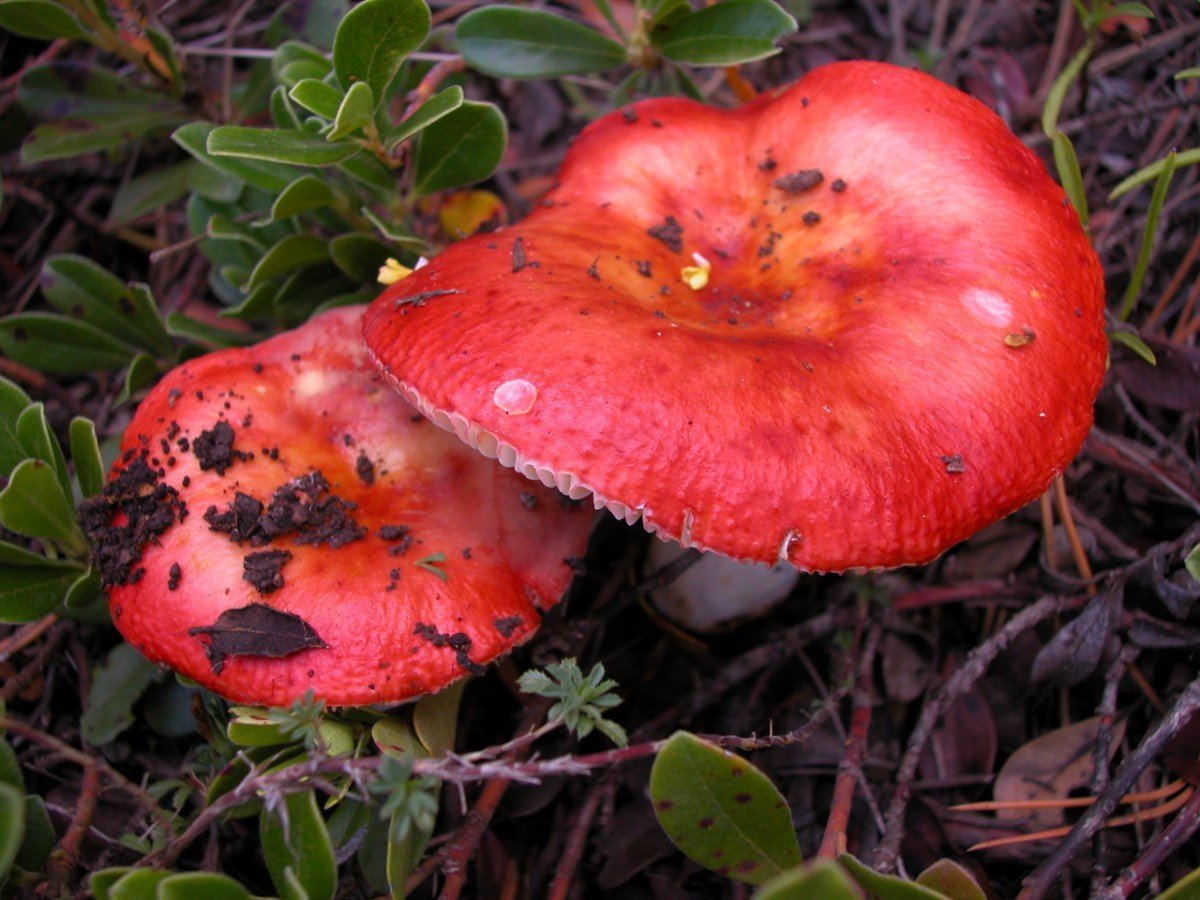
The varied climate and orography of Somontano provide a range of habitats where infinite species of fungus can develop; they grow throughout the year but are prevalent in spring and autumn. Of course not all are edible and it is essential to be sure of the types of wild mushrooms collected before eating them.
Pine woods
In the pine woods of Somontano there are diverse species of pine trees such as the Scot, Black and Aleppo Pines. They occupy large areas and are widely used to repopulate forests. Pines are rich in fungus and mushrooms and it is possible to find; Amanita muscaria, Suillus luteus, Suillus granulatus, Boletus edulis, Hygrophorus marzuolus, Morchella conica, Gyromitra esculenta, Cortinarius sp, Fomitopsis pinicola, Sarcodon imbricatus, Tricholoma equestre, Tricholoma portentosum, Tricholoma terreun, Lactarius deliciosus, Lactarius sanguifluus, Cantharellus cibarius, Cantharellus lutercens, Cantharellus tubaeformis, Russula sp, Tricholomopsis rutilans, Sparassis crispa, Chroogomphus rutilus, Gomphidius glutinosus, Hygrophorus eburneus and many more.
Oak groves
These deciduous forests are common in the region, with the Portuguese Oak (Quercus faginea) prevailing.
These forests are rich in wild mushroom species such as Amanita caesarea, Amanita citrina, Amanita phalloides, Amanita rubescens, Amanita vaginata, Amanita crocea, Boletus aereus, Boletus aestivalis, Entoloma lividum, Cantharellus cibarius, Russula sp, Lepiota sp, Collybia sp, Fistulina hepatica and many more.
Holm oak groves
These are made up of two types of holm-oak (Quercus ilex & Quercus rotundifolia) the latter having broader leaves. These areemblematic of Mediterranean forests and although tree-like in appearance, they can also appear as tangled bushes with a multitude of trunks leaving one single base. Due to the tree-felling and thinning, for pasture and charcoal production, these forests now also contain the Kermes Oak (Quercus coccifera), gorse, thyme, savin and juniper trees (Juniperus sp).
This environment is home to many species of wild mushroom especially after summer storms. These include Amanita caesarea, Amanita phalloides, Boletus aereus, Boletus aestivalis, Boletus satanas, Leccinum lepidum, Lactarius chrysorrheus, Lactarius cistophillus, Xerocomus armeniacus, Mycena quercus-ilicis, Hygrophorus russula, Hygrophorus personii, Lepista nuda, Hydnum repandum and the most symbolic Tuber melanosporum.
Riverside forests
The trees found along the banks of the rivers include the White Poplar (Populus alba), diverse varieties of Willow (Salix sp) and Ash (Fraxinus sp.) among others.
Often found are Agrocybe aegerita, Tricholoma populinum, Lactarius controversus, Coprinus sp, Morchella esculenta, Pleurotus eryngii, Helvella sp, Auricularia mesenterica, Peziza sp.
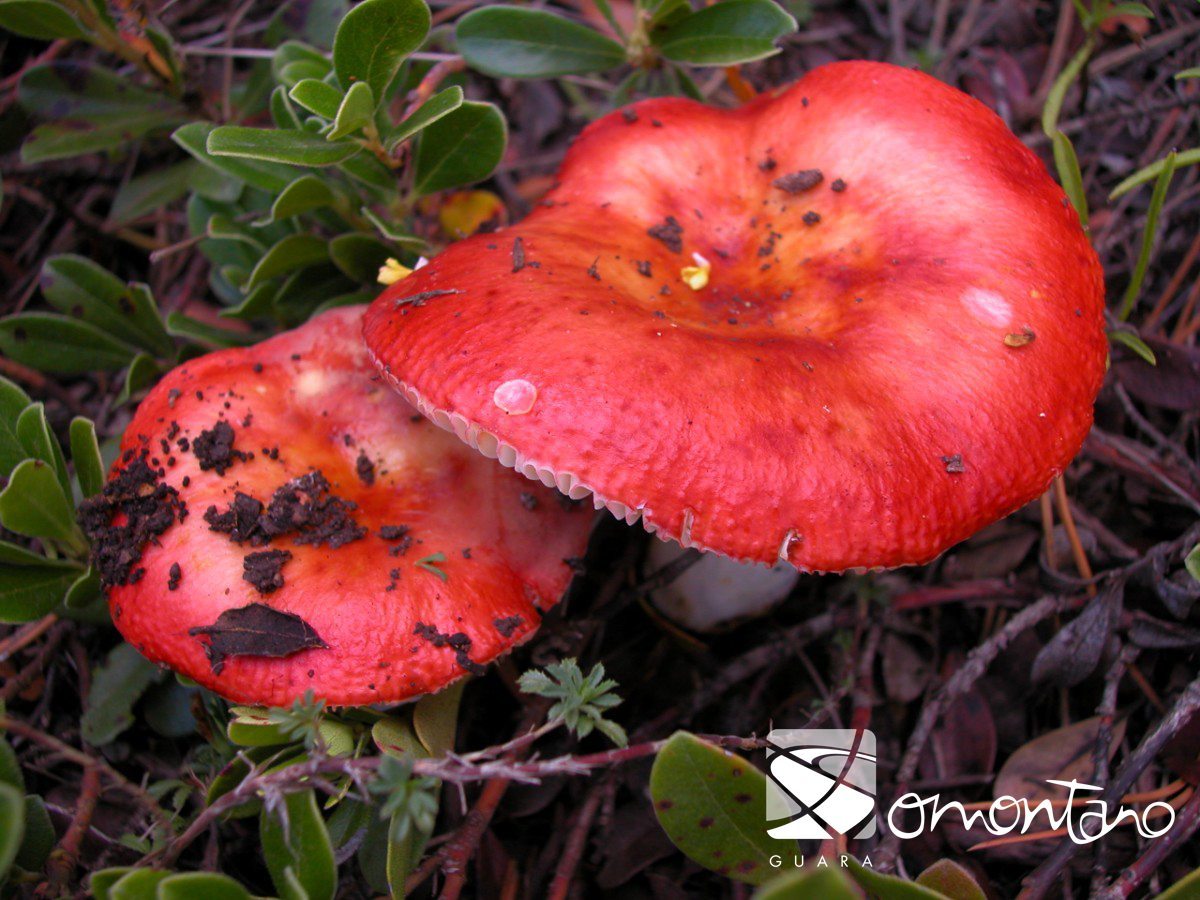
Fauna
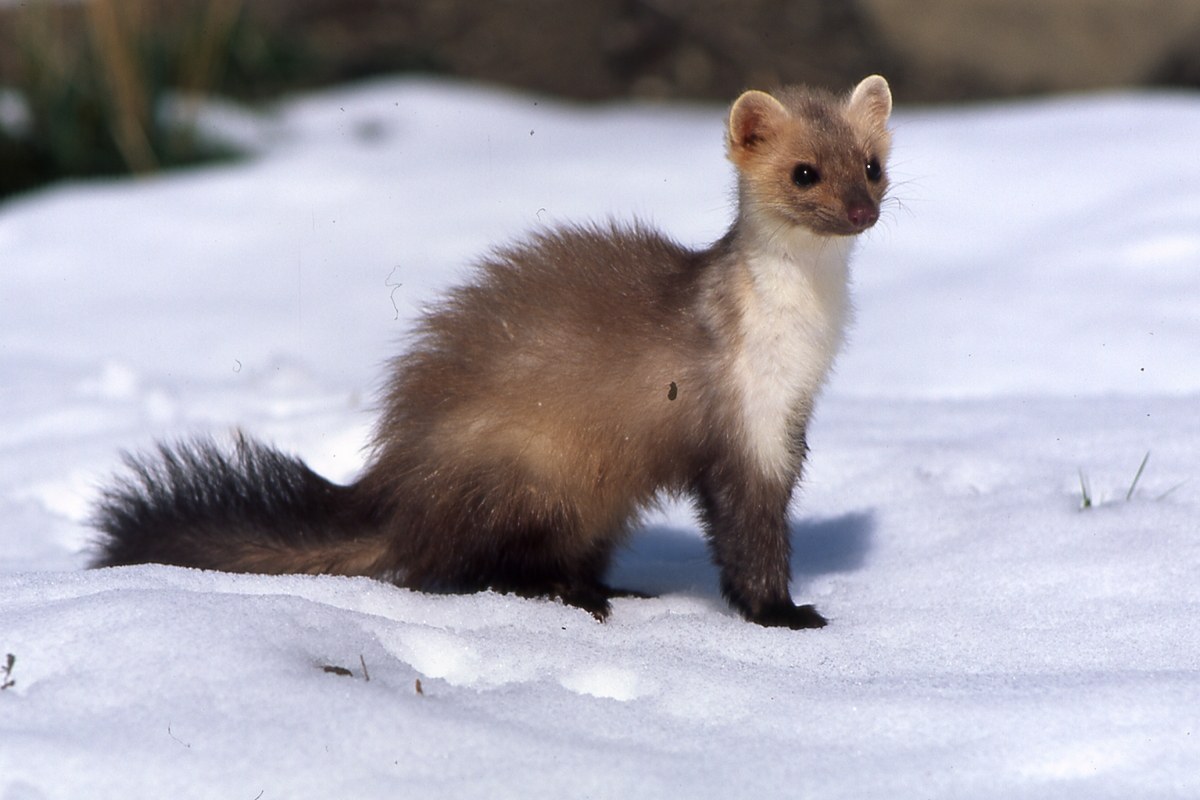
Water plays an important role in the landscape of the Reserve; it gives shelter to the indigenous crab (Austropotamobius pallipes), trout (Salmo trutta) and the guardafuentes” or Pyrenean newt (Euproctus asper), an amphibian native to the Pyrenees which breathes through its skin, using the oxygen from the pure waters of its habitat. On the river banks, you can see herons (Ardea cinerea), kingfishers (Alcedo atthis) and whitethroated dippers (Cinclus cinclus), birds which also testify that the rivers are clean and unpolluted.
The rock, the other great stage for wild life, is home to Egyptian vultures (Neophron percnopterus), golden eagles (Aquila crhysaetos), peregrine falcons (Falco peregrinus) and eagle owls (Bubo bubo).
The majestic lammergeyer (Gypaetus barbatus), lord of the skies over the Guara, is an extremely beautiful bird of prey with penetrating yellow and red eyes, and a black mask. They are an endangered species, but the Reserve has several breeding pairs. It picks up bones abandoned by other carrion-eaters, and hurls them against rocks to break them up for eating.
Other birds of prey glide along the cliffs. The griffon vulture (Gyps fulvus) forms colonies in the rock walls, where the less experienced birds occupy the more exposed places. Towards dawn, they wait on cliff ledges for the sun to warm the air and create the currents to lift them upwards and glide. They push themselves off and hardly move their wings, rapidly gaining height with just a few imperceptible movements of their tails. They fly effor lesser until dusk, when they return to the colony to rest. This huge diversity of birds of prey is completed by an interesting group of forest species such as the sparrowhawk (Accipiter nisus), the goshawk (Accipiter gentilis) and the common buzzard (Buteo buteo), which allow the Reserve to be declared Special Area for the Protection of Birds.
The eco-system of the Mediterranean woods is one of the richest and most varied in fauna. The large amount of acorns growing there means that rodents prosper, and in turn, their predators, small carnivores such as the silent genet (Genetta genetta) and the marten (Martes foina), both nocturnal creatures.
The X-shaped prints of the fox (Vulpes vulpes) can be seen easily on paths and tracks. Its ability to adapt has prevented them from becoming extinct – indeed, it is the most common carnivore. Wild boar (Sus scrofa) also live here, and is the main animal to be hunted.
Flora
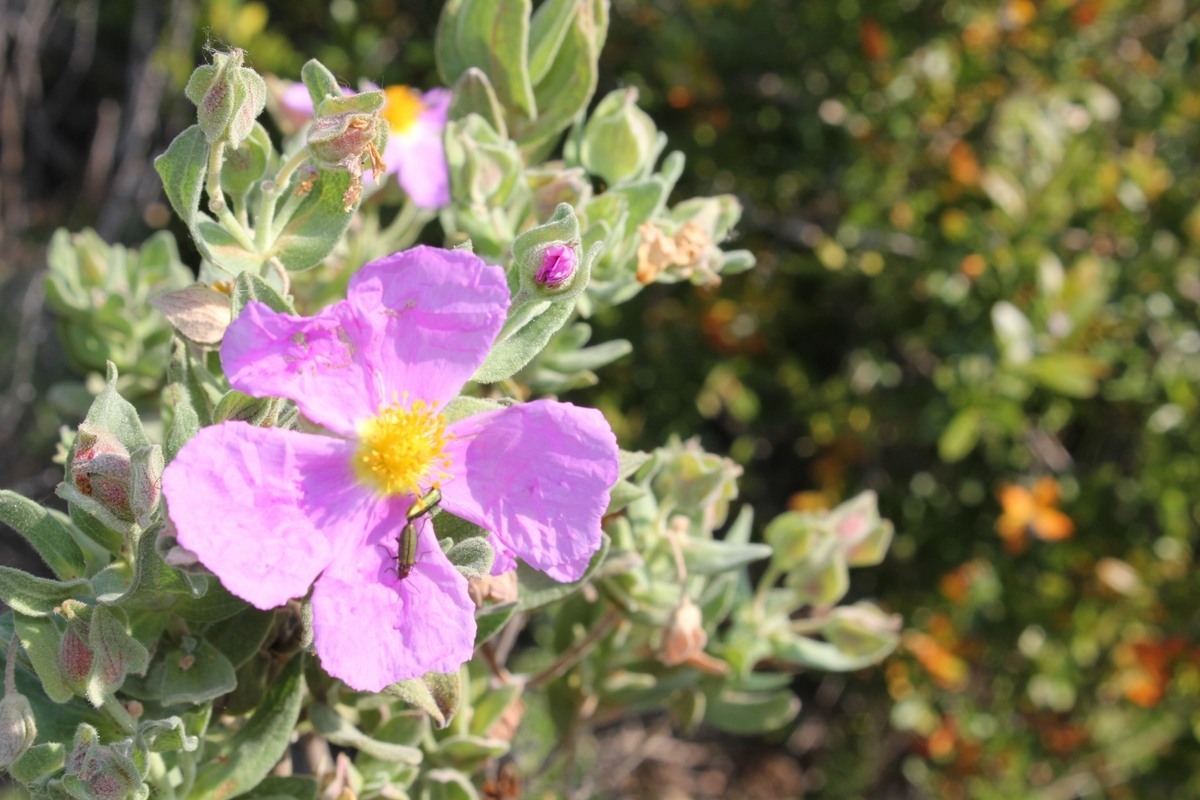
The rocky cliffs of the Guara mountain range create an inhospitable environment that impedes the development of vegetation. Plants here have to face up to drought, a scarcity of soil, the force of gravity and extreme variations in temperature. However, highly specialised and unique plants do colonise these phenomenal cliffs, some of which are only found in this one specific area. An example is Petrocoptis guarensis, which attaches its flowers to the limestone ceilings of hollows in the Mascún, Balced and Vero canyons in order to capitalise on moisture and nutrients. Other endemic species to the central Pyrenees that are also found in this area include Ramonda myconi (or the Bear’s Ear locally) and Saxifraga longifolia (or the King’s Crown locally). The latter is a beautiful plant that dies soon after the exertion of flowering.
The northern face of the Reserve is reminiscent of the Alps, as you can see beech woods (Fagus sylvatica). The southern face, on the other hand, is almost Mediterranean: groves of gall and holm oaks, thickets of Kermes oak (Quercus cocciffera), juniper (Juniperus communis) and box (Buxus sempervirens) dotted with strawberry trees (Arbutus unedo), wash the mountains with colour, and with exuberant beauty in spring and autumn, changing with the seasons.
The abundance of woods makes the Somontano into a fine area for mycology, where the popular saffron milk caps (Lactarius deliciosus), delicious parasol mushrooms and chanterelles are gathered, as well as aromatic black truffles.
Relief
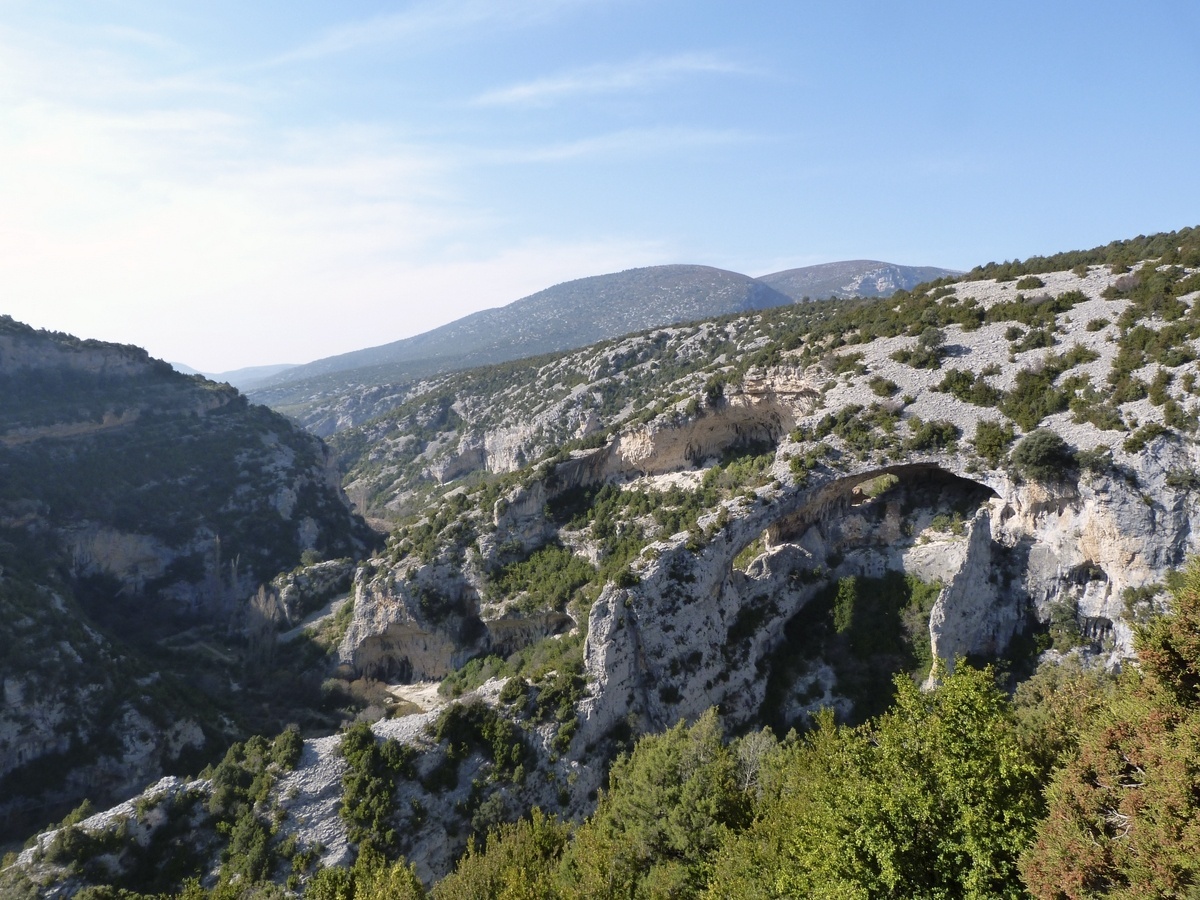
The wild beauty of their grandeur does not lie in the height of the mountain tops, but in the depth of their spectacular canyons, carved by the rivers, rain and wind.
The peaks and slopes of the Guara (1,870 mts. at the highest point, the Cabeza de Guara) are very rounded due to wear from strong winds and ice breaking off thousands of pieces of rock to form large scree slopes and gullies.
The peaks above Rodellar Valley receive large amounts of rainfall (1,000 mm per year) which quickly filters to the sub-soil, giving rise to underground rivers (karstic phenomena). Sometimes they re-surface in the form of upwelling (such as at Mascún, La Tamara and El Puntillo) in the beds of the same rivers that they feed.
When there is heavy rainfall, the water that has filtered deep into the mountains wells up through gullies and open cracks in the slopes, known locally as solencios, and become large rivers or waterfalls (Solencios Pedruel and Morrano).
The rivers had to force a way through cracks in the limestone ground in order to continue their path, breaking up the rocks through action of cold water over millions of years, and carving out deep ravines, gorges and falls. The water bored through the rock and polished it, creating passages and chutes, and the stones crashing together formed pot-holes, underground basins and beautiful natural pools.
Huge rocks fall into the ravines creating labyrinths, or caos, in the bed through which the water has to find a way out, giving rise to siphons. Gorgas Negras, Mascún, Los Estrechos de los Fornazos, Los Oscuros de Balced, Fornocal ravine and the river Vero canyons are, because of their spectacular beauty, already legendary names in the long list of canyons which make the Reserve a paradise for fans of adventure sports.
When the water goes through the limestone at the exit of the ravines, impressive vertical cliff faces are formed, sharp crests (Ciudadela de Mascún) and rock needles (Cuca de Bellosta in Mascún), open cavities in the farallones (rock walls of the river Vero), and hollows opened by differential erosion in the weakest horizontal strata of the crests, called foraus locally, or portals (Portal de la Cunarda in El Fornocal or Ventana de Mascún). There are also many “palomeras”, meaning dove-cotes, a name given in the area to these ravines on account of so many of the birds making their nests in the hollows and ledges. The rivers then open out into the valley between huge mounds of sedimentary, reddish-hued conglomerate rock, creating an impressive array of monoliths and vertical walls in the countryside. These watchtowers keep silent vigil over the geological kingdom of the Guara. One of the most spectacular is the Huevo de Morrano.
The abundance of fossils is another attraction provided by the mountains. In the Mesozoic age, part of the land was below the level of a warm sea, where many species of animals thrived: fossilised bi-valves, sea urchins and starfish can be found with ease. In a place called Mallata de los Dineretes are several nummulites, flat and round fossils, resembling small coins. It is important to point out that the fossils that lie within the boundaries of the park are protected by Aragonese Law and their removal is strictly forbidden.


